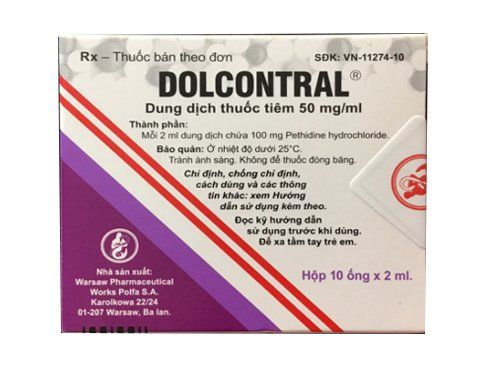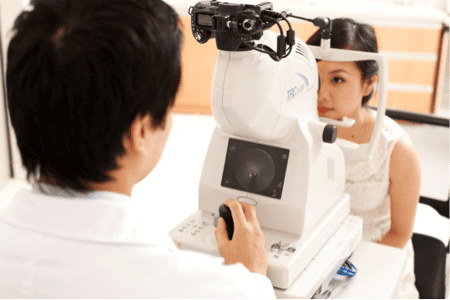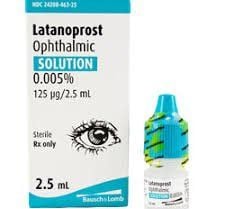This is an automatically translated article.
The article was professionally consulted by Specialist Doctor II Nguyen Binh - Department of General Surgery - Vinmec Ha Long International Hospital.Endotracheal anesthesia is a technique of general anesthesia with endotracheal intubation for the purpose of breathing control during surgery and postoperative resuscitation. Endotracheal anesthesia is an effective and safe method that is widely used in surgery, including surgery for malignant Glaucoma on the single eye near blindness.
1. Learn about surgical endotracheal anaesthesia Malignant ocular monocular glaucoma near blindness
Malignant glaucoma is a dangerous disease, presenting with severe migraine and ipsilateral eye. If not diagnosed and treated promptly, the disease can cause permanent vision loss.
Treatment of malignant glaucoma is early surgery, this is a complicated surgery that occurs on the eye, the surgical process of trabeculectomy includes creating a fistula, removing the vitreous, and removing the vitreous first. The patient needs to be anesthetized to control breathing and relieve pain.
Endotracheal anesthesia in surgery Malignant glaucoma is indicated in cases where breathing cannot be controlled by mask anesthesia, maintenance of anesthesia with inhalational anesthetic or intravenous anesthetic, for self-breathing. or controlled respiration.
Contraindications of endotracheal anesthesia in settings where adequate resuscitation facilities are not available, and the technique is not proficient.
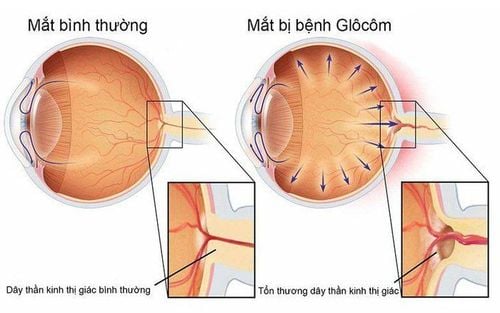
Bệnh Glocom không được điều trị kịp thời có thể khiến bệnh nhân mù lòa
2. Surgical Endotracheal Anesthesia Procedure Malignant Eye Glaucoma Unique Near Blindness
2.1 Preparations Equipment: Endotracheal lamp, straight, curved endotracheal lamp blade, different sizes, 1 Magill pliers, 1 flexible mandrin, endotracheal tube of different sizes, 1 syringe l0ml, 1 canun , bronchial and oral suction catheters, masks, suction machines, ventilators, anesthesia machines, or hand squeeze devices. Patient: explain the risk of complications that may occur during anesthesia, place the patient supine on the table. 2.2 Procedures Step 1: Pre-anesthesia with Atropin and Midazolam
Step 2: Initiation of anesthesia
Give 100% oxygen at least 3 minutes before induction of anesthesia. Initiate anesthesia with common anesthetics such as fentanyl, hypnotics (thiopental, propofol,...) and muscle relaxants (succinylcholine, norcuron, pavulon, arduan, tracrium) Step 3: Intubation
To The patient's head is supine, the head position to ensure success is when looking at the mouth, pharynx and larynx lying on a straight axis. Place the tube: the left hand holds the laryngoscope, the right hand opens the patient's mouth. The blade of the lamp is inserted into the right lip, gradually pushing down along the tongue until the tip of the lamp is at the position of the fold of the epiglottis. Raise the laryngoscope high and gently forward, revealing the glottis. Using the right hand, insert the endotracheal tube into the right corner of each side, and insert it through the glottis. Stop reintubation after the balloon of the endotracheal tube passes about 2cm above the vocal cords.
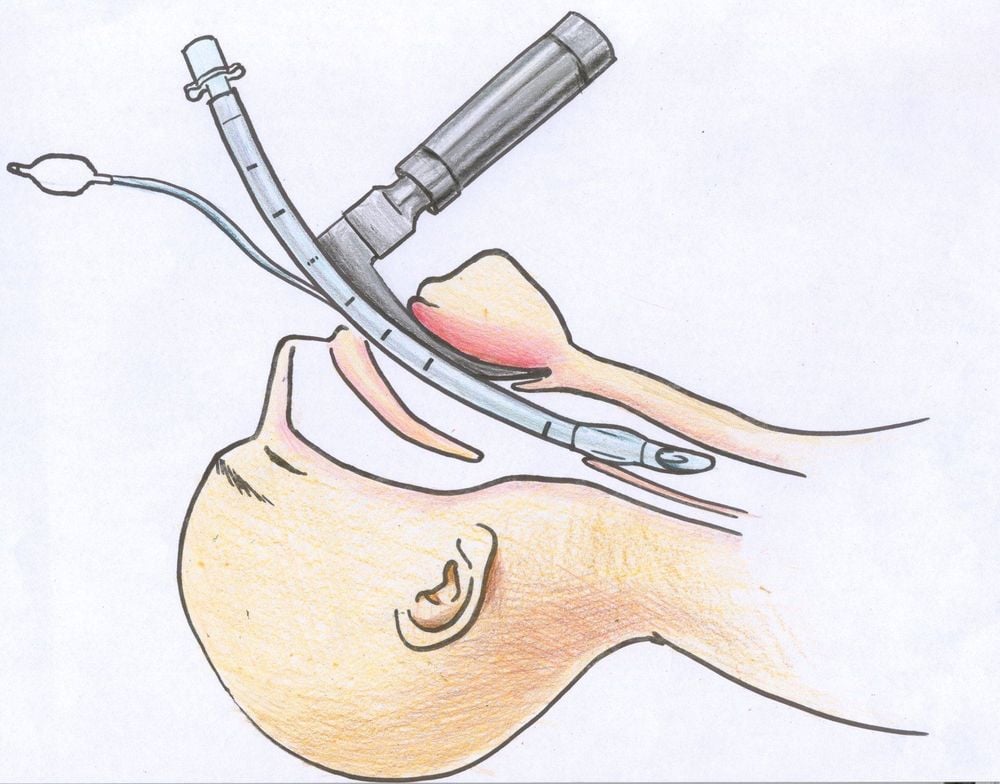
Đặt ống nội khí quản qua miệng của bệnh nhân
Step 4: Bring the laryngoscope out gently with your left hand.
Step 5: Check the placement of the tube by listening to the lungs with two alveoli, two axillaries with alveolar murmurs. Both lungs are uniform, the tube is in the right position or the SaO2 and EtCO2 values allow to determine the position. correct endotracheal tube.
Step 6 . Fix the tube with two adhesive tapes, put the canuyn in the mouth to avoid biting the tube.
Step 7: Maintain anesthesia throughout the surgery.
3. Attention during surgical endotracheal anesthesia Malignant glaucoma on single eye near blindness
Before the end of surgery, reduce the dose of intravenous anesthetic by the electric pump, reduce the dose of volatile anesthetic; Monitor parameters when maintaining anesthesia: pulse, blood pressure, SaO2; Pay attention to avoid intubation of the endotracheal tube, bend the tube, and push the tube deeply; Prevention of nausea and vomiting with antiemetics;
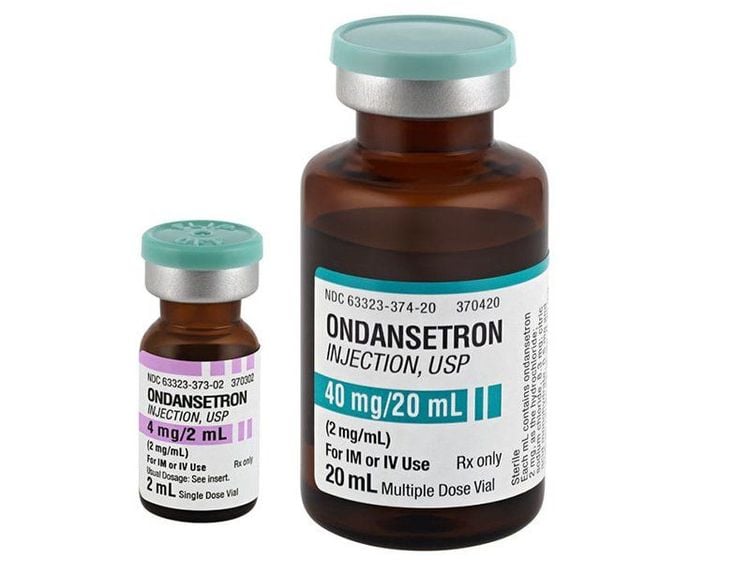
Thuốc chống nôn giúp người bệnh thoải mái hơn trong quá trình phẫu thuật
Injury when inserting the tube, it is necessary to open the patient's mouth to avoid damage to the lower lip. Misplaced in the stomach: listen to the lungs to check the correct position of the endotracheal tube; The endotracheal tube is bent, the tube is retracted, the tube is pushed deeply to exclude one lung: monitor respiratory parameters (SaO2, EtCO2, airway pressure) to detect folding and retraction of the endotracheal tube; Note that the complications caused by anesthetic drugs need to have means for timely handling; Note the complications caused by reflexes during eye surgery such as slow pulse; Increased pulse, increased blood pressure during intubation should be controlled with drugs. Currently, Vinmec International General Hospital is implementing 2 packages of Glocom examination and treatment, including: Glocom early detection package and scleral trabeculectomy package to help:
Comprehensive eye examination and surgery indications. if any) by experienced specialists. Counseling on drugs, food, factors that may affect surgery.. Anesthesia and resuscitation examination assesses the patient's general condition before surgery. Explain surgical prognosis. Dr. Nguyen Binh has more than 20 years of experience in the field of anesthesia - resuscitation in thoracic surgery, anesthesia resuscitation for elderly patients... Currently a Doctor of General Surgery, International General Hospital Vinmec Ha Long.
To register for examination and treatment at Vinmec International General Hospital, you can contact the nationwide Vinmec Health System Hotline, or register online HERE.






